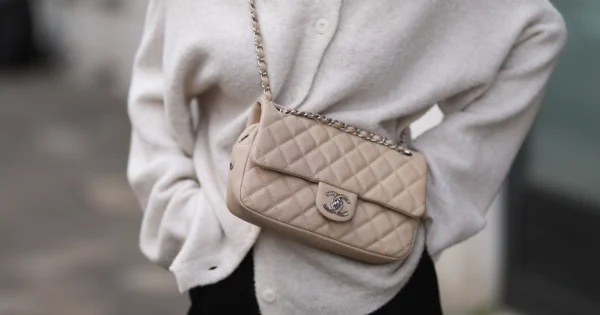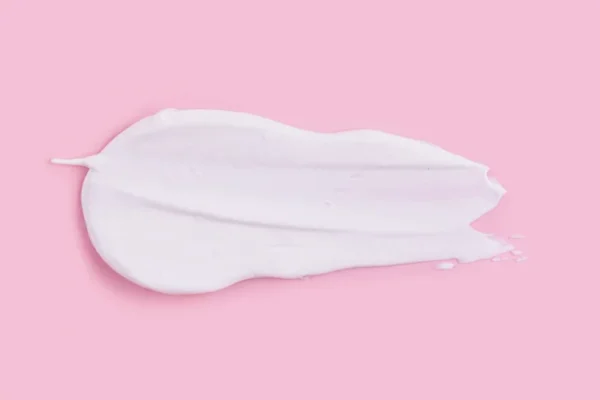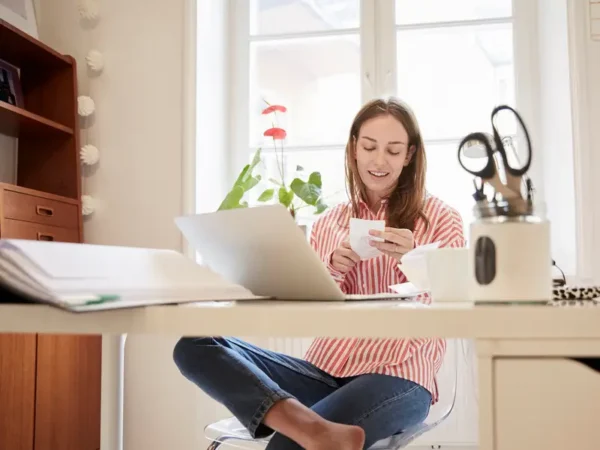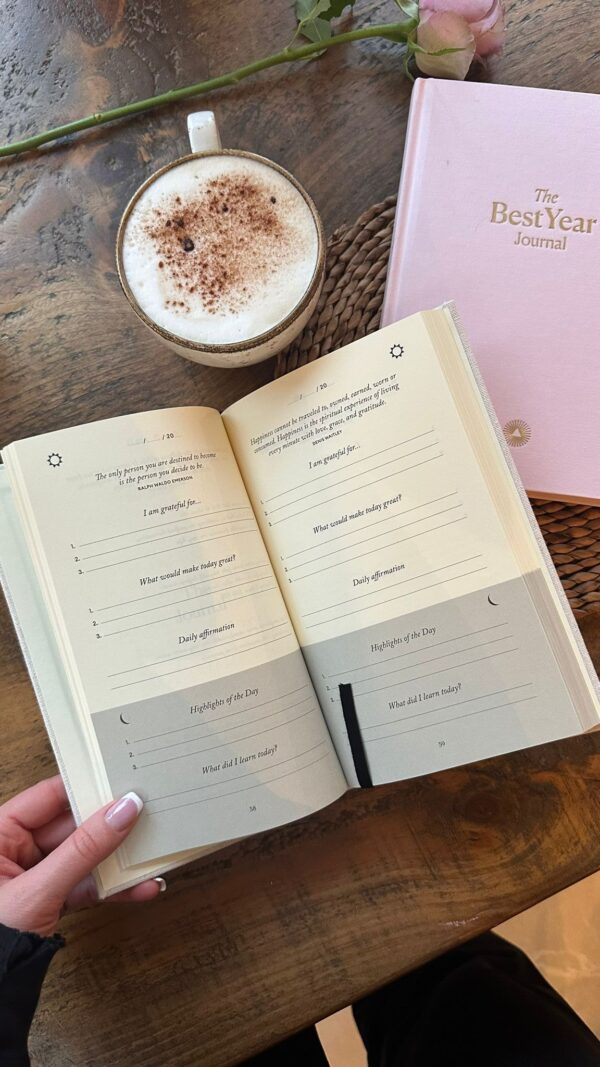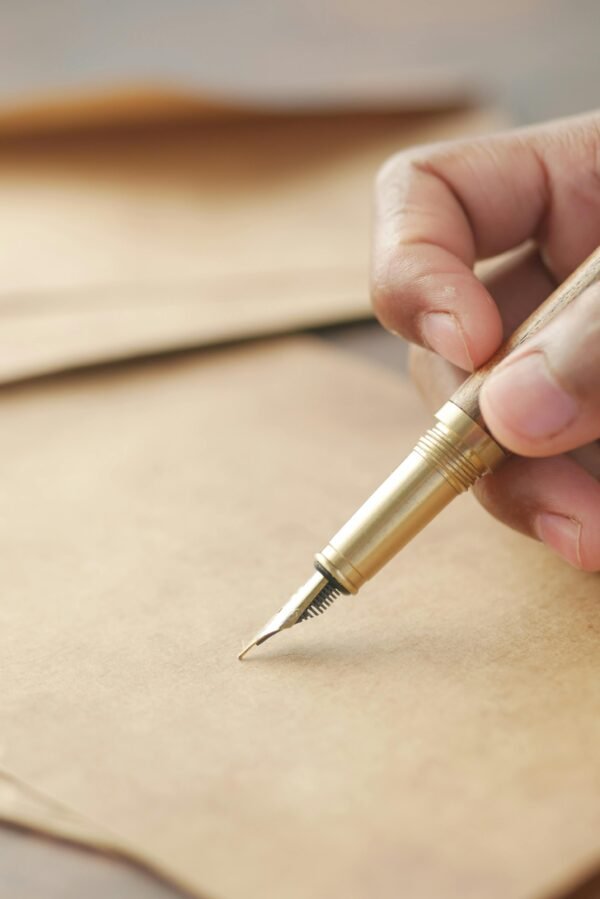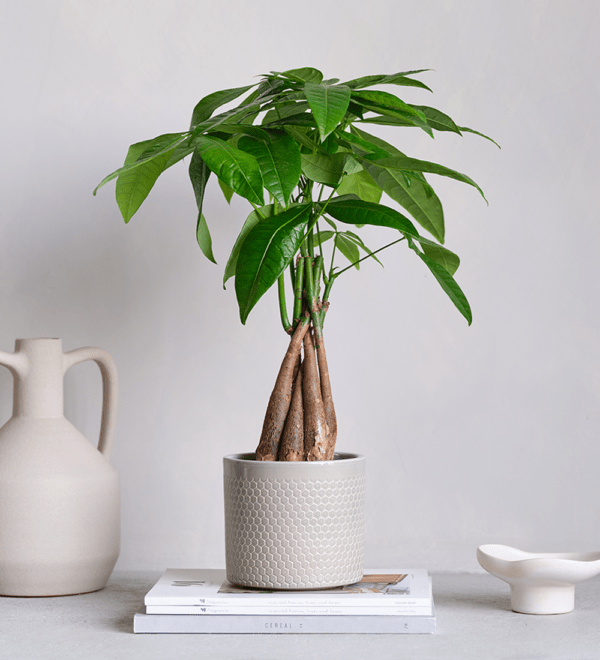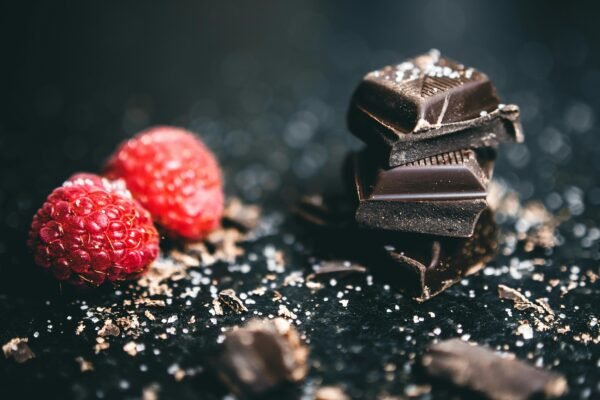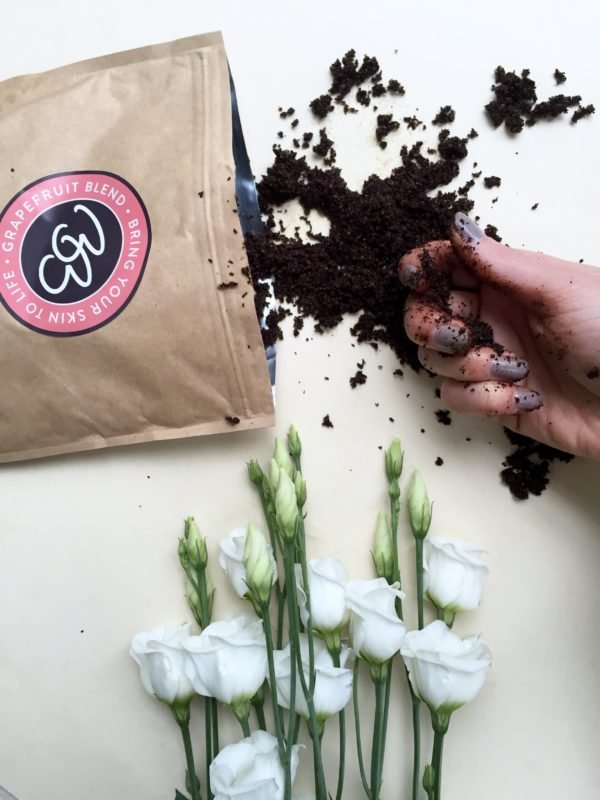
Five Resourceful Ways to Reuse Coffee Grounds After Your Caffeine Fix

After enjoying a nice cup of coffee to start your day, the coffee grounds left behind are often discarded in the bin without a second thought. According to a Huffington Post feature, the UK produces 500,000 tonnes of coffee ground waste every year. But did you know that this waste product can have grave environmental consequences? When these grounds enter landfill they emit methane, a powerful greenhouse gas 28 times more potent than carbon dioxide.
However, your used coffee grounds can actually be reused in a variety of resourceful ways. Here are five ways you can make the most of them so that you can enjoy that coffee guilt-free:
Recycle and turn into biofuel
Your used coffee grounds can be recycled and turned into biofuel, one of the largest sources of renewable energy made from organic matter and waste. This is cleaner for the environment, easy to source, and helps to reduce greenhouse gas emissions.
Biofuel can be made from coffee grounds by extracting and converting natural oils. Many professional recycling businesses now offer this service. For instance, London-based recycling company Bywaters offers a waste collection service specifically for coffee grounds, in which leftover coffee grounds are transformed into biofuels at specialised facilities. In the past year, the business has recycled 76 tonnes of ground coffee and prevented over 46,000kg of CO2 emissions.
Use as fertiliser
As soil doesn’t naturally contain all the nutrients required for optimum plant growth, most gardens need fertiliser to ensure plants have the nourishment needed to flourish. Your used coffee grounds actually contain some key minerals such as nitrogen, calcium and potassium, and can therefore be used to fertilise your garden.
The grounds also help to absorb any heavy metals that could contaminate the soil, while also attracting worms which are essential for the decomposition of decaying plant material. What’s more, adding this organic matter to your soil can improve drainage, water retention and aeration. Directly add your coffee grounds to the soil by either scratching it into the top few inches of dirt or just sprinkle on top.
Exfoliate your skin
Coffee grounds are an excellent exfoliator as they don’t dissolve in water and the coarse particles can help remove dirt and dead skin cells from your body. The caffeine it contains has plenty of benefits for the skin. Its antioxidant properties protect against sun damage, while coffee grounds also provide useful nutrients for the skin, increases blood flow, and may even reduce the appearance of cellulite giving your skin a more even tone.
There are different ingredients you can mix with your coffee grounds to make an exfoliating scrub. For instance, combine it with water and scrub it directly onto your face and body, or coconut oil, which is a natural skin softener that alleviates dry skin conditions. You can mix it with honey or brown sugar too. Use your homemade skin product every few days after washing your body, scrubbing it onto your skin and letting it sit for a few minutes before rinsing off. This is great for rough, dry places like the elbows, knees and feet, and will leave your skin feeling soft and smooth.
Keep pests away
Coffee contains natural compounds like caffeine and diterpenes which can be toxic to insects, making your used coffee grounds an effective repellent. Most bugs will stay well clear of the grounds as they dislike its aroma. A paper in the Nature journal also found that caffeine solutions were effective in repelling slugs and snails when applied to foliage or growing plants.
To reuse your coffee grounds to keep pests away, set out bowls of them around your garden or sprinkle near outdoor seating areas. You can also spread the grounds around your plants too or burn them to create a mosquito repellent.
Get creative
One creative way to reuse your coffee grounds is to make candles, using them to replace the aromatic oils normally used. You may want to use a flavoured variety for a sweeter scent — caramel or vanilla coffee grounds will smell divine. Not only do the grounds look great when layered in candles, but studies have found that the smell of coffee can boost brain activity, with the scent linked to increased alertness and productivity.
To make your own homemade coffee candle, you need 12 ounces of candle wax (this can be natural soy wax if you want an eco-friendly option), 3-6 tablespoons of coffee grounds, a candle wick, saucepan and skewer. While this method is made using a coffee mug, you can use any suitable candle container like a mason jar.









